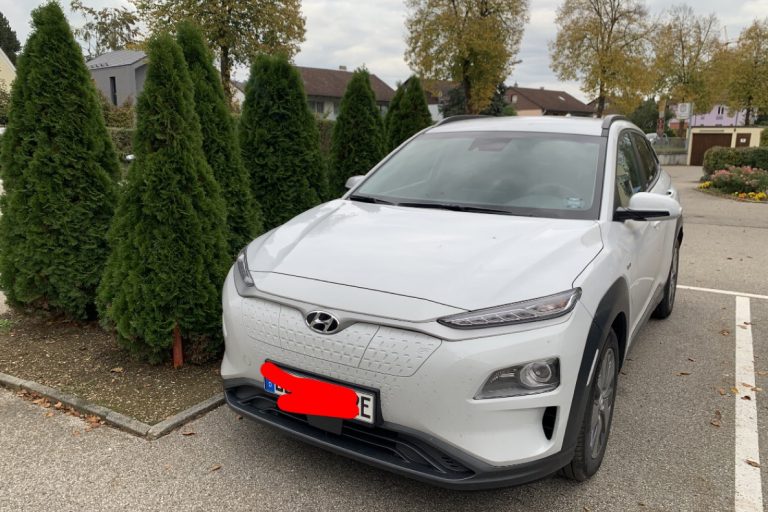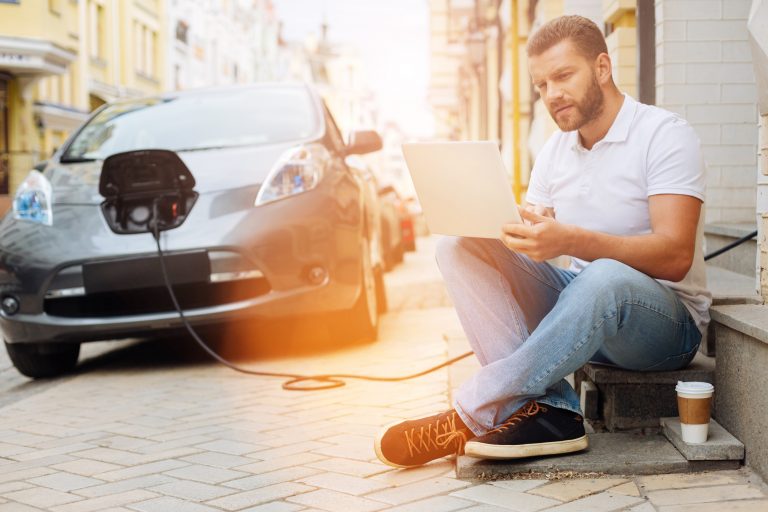Electric vehicles define the future of mobility. In the times when the whole world is facing shrinking of global oil reserves, the electric vehicle seems like a beacon of light for future mobility. Realizing the relevance of EVs in the future, many countries have already taken keen steps to make EVs a norm in society along with efforts on EV performance optimization. Furthermore, the emerging popularity of renewable energy sources, mainly solar energy, is also complementing EVs. The demand or popularity of EVs in the future can be guessed from the statistics, where China has the highest number of EVs with 3.3 million units. On the other hand, the US is the second-biggest EV market with 1.4 million units. It is being forecasted that by the year 2025, the EVs will capture 84% of the Chinese market share. Obviously, this motivates other nations especially the US and European nations to ramp up their EV reliance, thus leading to the sheer demand of EVs including advancements in EV performance and charger optimization.
But there is a point to ponder whether our current infrastructure and EV technology are rich enough to sustain such emerging demands? Do our mobility network and EV performance parameters are capable enough to welcome such a huge number of EVs? There is a need to look for EV charger optimization so as to not worsen the situation of the mobility bottleneck. Furthermore, it is also imperative to cater to EV performance optimization so that forecasted benefits both from environmental as well as financial perspectives can be capitalized. It must be cleared that the mobility bottleneck is nothing like a conventional traffic jam. Instead it such a localized type of traffic choking where disruption is caused by way of some physical constraints such as road construction, closure of specific lane, and poor mobility or transport infrastructure. Let’s try to establish this matter of correlation in more detail.
How EV Performance Optimization can be seen in the 2020’s Perspective?
Seeing through the EVs in 2020’s perspective is very important. First of all, it is the start of a new decade, the strategies made this year shall have long-lasting effects towards meeting our 2030 goals, provided this consideration is made. Secondly, but most importantly, 2020 is also a year of pandemic and economic recession. In the near history, the world hasn’t experienced what has been experienced now. So, this new world order provides us with a platform to revamp our strategies and move more sustainably towards the future. Therefore, the 2020’s perspective is very pivotal in this sense. In continuation of this, there are two key areas for EV performance optimization in the 2020’s perspective:
EV Charging Optimization
EV charging optimization is one of the main constituents of EV performance optimization. While a prominent number of EVs are forecasted to be penetrated into the system, there is a need to look forward to potential issues related to EV charging and their impact on the overall power system or national grid. In the situation when 50 million EV units are expected to roll out by the year 2025 and about 125 million by the year 2030, there is a chance of substantial impact on national grids. Furthermore, to entertain such a large number of EVs, both charging infrastructure as well as power systems, should be stern enough to meet consumers’ demand. There is a chance of harmonic distortion which may further lead to deteriorating power quality. This implication may affect both EV users as well as domestic electricity users. Since level 1 EV chargers are slow chargers so they require EVs to be connected overnight. This overnight EV charging penetration will lead to the disturbance in the peak load curve. Both of these factors lead to the loss of cost-benefit as consumers will pay more by facing penalties owing to lowering the power quality along with more electricity consumption during peak times.
The above-mentioned implications can be dealt with the employment of EV charging optimization strategies. Ideally, this implication can be dealt by increasing the network capacity or providing power to the EV charging stations from the designated power grid. In this way, harmonic distribution and power quality deterioration will be reduced to a much greater degree. Even if any such condition arises, it won’t affect the regular domestic or industrial consumers. Moreover, EV charging optimization can also be ensured by appreciating the installation of charge controllers in the EVs. Such charge controllers prevent any peak power prices thus leveraging EV users to maintain the cost-effectiveness of EVs. Another approach to achieve EV charging optimization is to make use of smart charging mechanisms where the mode of EV charging is handled by the electricity utility or the EV charging station. This system can either be centralized or decentralized, as per the demand of EV in that particular vicinity.
Energy Efficiency
The energy efficiency of electric vehicles is another important determinant of EV performance optimization. This is the only factor that has substantial contribution towards cost-benefit and high-grade performance. To achieve energy efficiency, EV’s weight constraint has a major role. Lighter the weight, less will be energy consumption from batteries, as EV motors won’t have to exert more power to perform their respective functions. This will enable EVs to drive more without altering the battery capacity. For example, if heavyweight EV could go up to 350 miles in one full charging, then the light EV of the same specs can go up to 400, or in other words, substantially more than that of heavy-weighted EV. However, this should not be perceived as analogous to choosing lighter materials. Instead, this point enables engineers to remove material while keeping the strength and stiffness of the EV intact as per the standard comfort and safety guidelines.
Electric vehicles with four independent electric motors on each wheel are another way to achieve EV performance optimization. There are three reasons due to which such methodology can prove beneficial for yielding expected energy efficiency. First of all, the absence of mechanical links dismisses the probability of friction loses and makes sure that all four wheels work independently. Secondly, independent motors ease the implementation of certain control strategies such as traction control, antilock braking system, and vehicle stability control. Thirdly, the respective energy characterization of each of these motors will provide a better way to control them, thereby amounting to energy conservation and so does the optimized performance.
Mobility Bottleneck and EVs
Mobility bottleneck is going to be a serious concern for future mobility. While EVs seem to be a feasible solution both from financial as well as environmental perspective. But these benefits could go in vain if considerations related to EV performance optimization are not held in place. EV charging optimization has a considerable role in curtailing mobility bottleneck. Since EVs take a lot of time to charge, so in a condition where fast charging capabilities are not enacted, our highways will experience serious mobility bottleneck as a lot of EVs will have to wait in the queue to get recharged. Furthermore, mobility bottleneck will result in more waiting times which further result in discharging the batteries without even stretching through a mile. This will lead to more charging time, long waiting queues, and most of all, a higher cost in terms of charging a vehicle. All these characteristics will result in losing the cost-benefit of EVs. On the other hand, energy efficiency can result in more driving ranges, thus giving more leverage to EV batteries to sustain for a longer time. Consequently, it will result in less discharging times and letting people commute more in a single full charge.
In a nutshell, both of the above measures are quite rich in their respective essence and are thus very pertinent to be adopted. With these measures, not only will mobility bottlenecks be removed, but the efficiency and the cost-saving aspect of EVs can also be ensured.
Now more about EVs post COVID-19 industry forecast by clicking here.
References
- https://www.statista.com/statistics/244292/number-of-electric-vehicles-by-country/
- https://www.statista.com/statistics/989924/china-share-of-pure-electric-vehicle-in-new-energy-passenger-vehicle-sales/
- https://www.mdpi.com/1996-1073/13/7/1545/htm
- https://www.altair.com/e-mobility/
- https://journals.sagepub.com/doi/full/10.1177/1687814018765549




